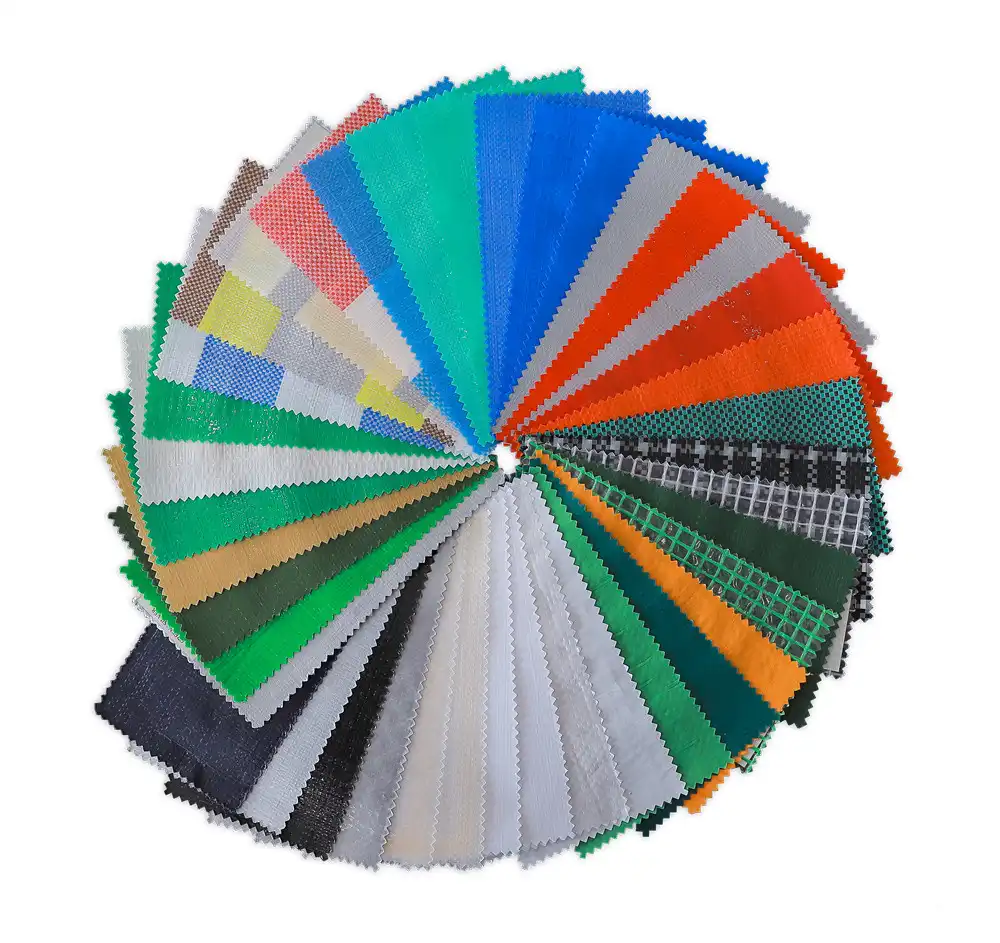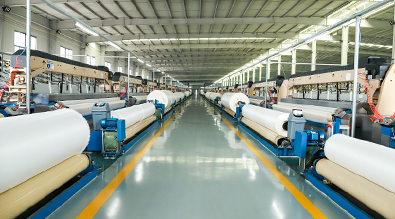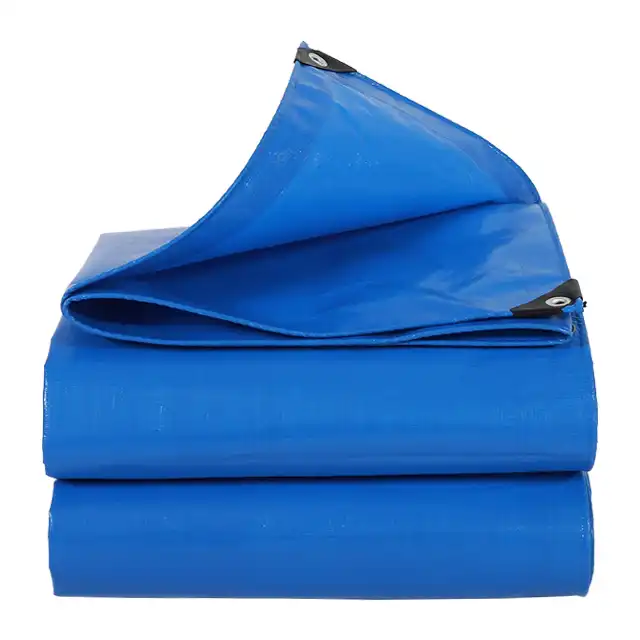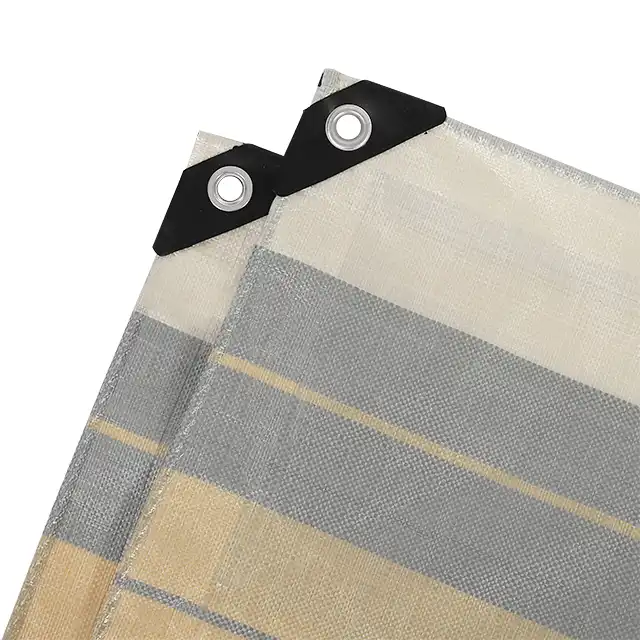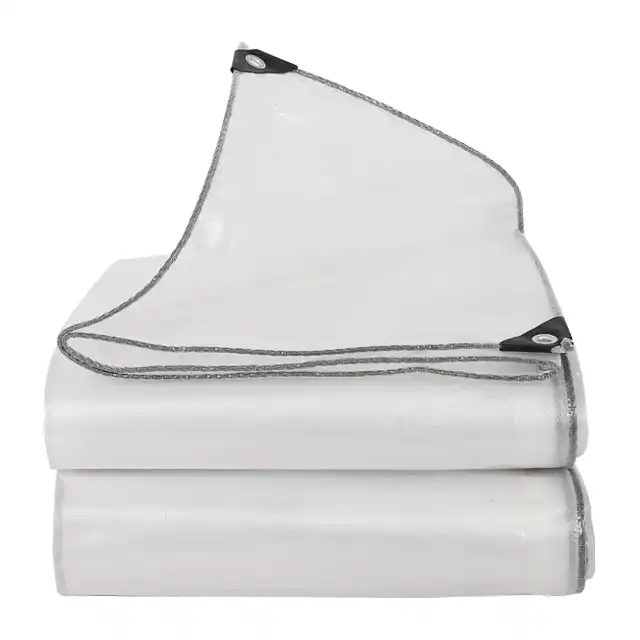Common Questions About Tarpaulin Cleaning Answered
Picture this: you've just pulled out your trusted tarpaulin after months of storage, only to discover it's covered in stubborn stains, mildew, and accumulated grime that threatens to compromise its protective capabilities. This comprehensive tarpaulin cleaning guide addresses the most pressing questions that property owners, contractors, and outdoor enthusiasts face when maintaining their valuable tarpaulin investments, ensuring your protective covers remain durable and effective for years to come.
Why Proper Tarpaulin Cleaning Is Essential for Longevity?
 Understanding the importance of regular tarpaulin maintenance extends far beyond mere aesthetics. Modern polyethylene tarpaulins, constructed from high-density woven fabric with laminated coatings, require specific care protocols to preserve their waterproof integrity and UV protection properties. Professional-grade tarpaulins used in construction, agriculture, and industrial applications represent significant investments that demand systematic cleaning approaches to maximize their operational lifespan. The science behind tarpaulin degradation reveals that accumulated dirt, organic matter, and chemical residues create micro-abrasions on the protective coating surface. These microscopic damages compromise the material's ability to repel water effectively, leading to premature failure of the tarpaulin's core protective functions. Regular cleaning using appropriate methods not only removes harmful contaminants but also allows for early detection of wear patterns that might require professional attention or replacement planning.
Understanding the importance of regular tarpaulin maintenance extends far beyond mere aesthetics. Modern polyethylene tarpaulins, constructed from high-density woven fabric with laminated coatings, require specific care protocols to preserve their waterproof integrity and UV protection properties. Professional-grade tarpaulins used in construction, agriculture, and industrial applications represent significant investments that demand systematic cleaning approaches to maximize their operational lifespan. The science behind tarpaulin degradation reveals that accumulated dirt, organic matter, and chemical residues create micro-abrasions on the protective coating surface. These microscopic damages compromise the material's ability to repel water effectively, leading to premature failure of the tarpaulin's core protective functions. Regular cleaning using appropriate methods not only removes harmful contaminants but also allows for early detection of wear patterns that might require professional attention or replacement planning.
-
Environmental Factors Affecting Tarpaulin Condition
A tarpaulin cleaning guide should address how different environmental conditions create unique cleaning challenges for tarpaulin owners. Coastal installations face salt accumulation that can corrode metal grommets and degrade synthetic fibers, while agricultural applications often encounter organic staining from plant materials and fertilizer residues. Industrial environments introduce petroleum-based contaminants and chemical exposures that require specialized cleaning protocols to prevent permanent damage to the tarpaulin structure. Understanding these environmental impacts helps develop targeted cleaning strategies that address specific contamination patterns. For instance, tarpaulins exposed to high UV environments benefit from gentle cleaning methods that preserve the integrated UV stabilizers, while those in dusty conditions require more frequent debris removal to prevent abrasive wear on the protective coating layers.
Safe Cleaning Methods for Different Tarpaulin Materials
Effective tarpaulin cleaning begins with material identification, as polyethylene, PVC, and canvas tarpaulins each require distinct cleaning approaches. High-quality PE tarpaulins, featuring HDPE woven fabric with LDPE coating, demand gentle cleaning methods that preserve both the structural integrity of the weave and the waterproof coating properties that define their protective capabilities. The fundamental principle of safe tarpaulin cleaning involves using mild, non-abrasive solutions that effectively remove contaminants without compromising material properties. Professional-grade cleaning protocols recommend starting with the gentlest possible approach, typically involving lukewarm water and mild dish soap solutions that maintain the pH balance necessary to preserve synthetic material stability.
-
Step-by-Step Cleaning Process
Begin the cleaning process by removing loose debris using a soft-bristled brush or broom, working systematically across the entire tarpaulin surface to prevent grinding particles into the protective coating. This preliminary step proves crucial for preventing scratches and gouges that could compromise the tarpaulin's waterproof integrity during the washing process. Prepare a cleaning solution using one tablespoon of mild dish soap per gallon of lukewarm water, ensuring the detergent contains no bleaching agents or harsh chemicals that might degrade the polyethylene structure. Apply the solution using a soft sponge or cloth, working in sections to ensure thorough coverage while maintaining manageable working areas that allow for proper rinsing before the cleaning solution dries on the surface.
-
Specialized Cleaning Techniques for Stubborn Stains
Persistent stains on tarpaulin surfaces require targeted approaches that balance cleaning effectiveness with material preservation. Organic stains, such as tree sap or algae growth, respond well to specialized enzyme-based cleaners designed for synthetic materials, while petroleum-based stains may require gentle solvent applications followed by immediate neutralization with soap and water solutions. Never attempt to use pressure washers, harsh scrubbing tools, or abrasive chemicals on tarpaulin surfaces, as these aggressive methods can permanently damage the protective coating and compromise the material's fundamental protective properties. Instead, focus on patient, methodical cleaning approaches that allow cleaning agents sufficient contact time to break down contaminants naturally.
Common Tarpaulin Cleaning Mistakes to Avoid
Understanding what not to do during tarpaulin cleaning proves equally important as mastering proper techniques. Machine washing represents one of the most damaging mistakes owners can make, as washing machines create excessive agitation that can tear the material and damage essential hardware components like grommets and reinforcement patches. Heat-based drying methods, including direct sunlight exposure during cleaning or mechanical dryers, can cause thermal damage to synthetic materials, leading to brittleness and reduced flexibility that compromises the tarpaulin's ability to conform to covered objects effectively. Professional cleaning protocols emphasize air drying in shaded areas to prevent UV damage during the vulnerable wet state.
-
Chemical Hazards and Material Incompatibility
Certain cleaning chemicals create irreversible damage to tarpaulin materials, making ingredient awareness crucial for successful maintenance programs. Bleach and chlorine-based cleaners can break down polyethylene molecular chains, causing material failure that manifests as cracking, brittleness, and loss of waterproof properties that define the tarpaulin's protective value. Petroleum-based solvents, while effective for certain stain types, require careful application and immediate neutralization to prevent chemical penetration into the material matrix. These powerful solvents can soften plastic components, leading to dimensional changes and loss of structural integrity that compromises the tarpaulin's fit and protective capabilities.
Professional Maintenance Tips for Heavy-Duty Applications
Heavy-duty tarpaulin applications in construction, transportation, and industrial settings demand enhanced maintenance protocols that account for accelerated wear patterns and exposure to harsh contaminants. Professional maintenance schedules incorporate regular inspection cycles that identify cleaning needs before contamination reaches levels that require aggressive cleaning methods potentially harmful to material longevity. Establishing systematic cleaning schedules based on usage intensity and environmental exposure helps maximize tarpaulin performance while minimizing maintenance costs. Weekly debris removal in dusty environments prevents abrasive accumulation, while monthly deep cleaning cycles address more persistent contamination without allowing buildup that requires harsh removal methods.
-
Storage and Handling Best Practices
Proper storage techniques following cleaning procedures significantly impact tarpaulin longevity and reduce future cleaning requirements. Ensure complete drying before storage to prevent mold and mildew growth that creates persistent odors and potential health hazards during future use. Store cleaned tarpaulins in cool, dry locations away from direct sunlight and sharp objects that could cause punctures or tears during storage periods. Folding techniques matter significantly for maintaining tarpaulin integrity over extended storage periods. Create loose, large folds that minimize stress concentrations at fold lines, and periodically refold stored tarpaulins along different lines to prevent permanent creasing that can weaken material structure and create water infiltration points during use.
Extending Tarpaulin Life Through Preventive Care
Proactive tarpaulin care extends far beyond reactive cleaning responses to contamination events. Regular inspection protocols identify potential problems before they require intensive cleaning or repair interventions, saving both time and money while ensuring optimal protective performance when tarpaulins are needed most. Preventive care includes proper installation techniques that minimize stress concentrations, regular hardware maintenance to prevent corrosion and failure, and environmental modifications that reduce contamination exposure. These comprehensive approaches to tarpaulin stewardship significantly extend service life while maintaining peak protective performance throughout the useful life cycle.
-
Environmental Protection Strategies
A well-prepared tarpaulin cleaning guide highlights that implementing environmental protection strategies reduces cleaning frequency while extending tarpaulin service life. Strategic placement of tarpaulins to minimize direct UV exposure during non-critical periods, elevation techniques that promote air circulation and prevent moisture accumulation, and barrier methods that reduce direct contact with abrasive materials all contribute to reduced maintenance requirements and extended service life. Understanding the relationship between environmental factors and tarpaulin degradation enables informed decisions about protection strategies that balance convenience with longevity. Simple modifications in deployment and storage practices can dramatically reduce cleaning requirements while preserving the investment value of professional-grade tarpaulin systems.
Conclusion
Effective tarpaulin cleaning combines scientific understanding of material properties with practical application of proven maintenance techniques. Regular, gentle cleaning using appropriate methods preserves both protective capabilities and economic value while ensuring reliable performance when protection is needed most.
Cooperate with Linyi Shengde Plastic Co., Ltd.
As a leading China tarpaulin manufacturer with over 20 years of excellence, Linyi Shengde Plastic Co., Ltd. offers high-quality tarpaulin solutions that combine durability with easy maintenance. Our expert-grade PE tarpaulins, featuring advanced UV protection and waterproof technology, serve customers across more than 30 countries with reliable performance and competitive tarpaulin prices.
With ISO 9001:2015 certification and partnerships with UNHCR, IOM, ICRC, and UNICEF, we guarantee superior quality through our advanced manufacturing facilities equipped with 400+ Korea-imported water-jet looms and professional quality control systems. Whether you need tarpaulin for sale for construction, agriculture, or industrial applications, our China tarpaulin supplier expertise ensures customized solutions that meet your specific requirements.
Ready to experience the difference of working with a trusted China tarpaulin wholesale provider? Contact our team at info@shengdetarp.com for competitive quotes on high-quality tarpaulin products that deliver lasting value and simplified maintenance. Bookmark this guide for easy reference whenever you need expert cleaning advice for your tarpaulin investment.
FAQ
Q: How often should I clean my PE tarpaulin?
A: Clean PE tarpaulins every 2-3 months for regular use, or monthly in dusty/coastal environments to prevent damage from accumulated contaminants.
Q: Can I use a pressure washer on my tarpaulin?
A: No, pressure washers can damage the protective coating and compromise waterproof properties. Use gentle hand washing with mild soap instead.
Q: What's the best way to remove mildew from tarpaulins?
A: Use a mild soap solution with soft brushing, ensure complete drying, and improve storage ventilation to prevent future mildew growth.
Q: Is it safe to machine wash small tarpaulins?
A: Machine washing damages tarpaulin materials and hardware components. Always hand wash with gentle methods to preserve material integrity.
References
1. "Industrial Fabric Maintenance and Care Guidelines" by Thompson, M.J., International Association of Canvas Products
2. "Synthetic Material Degradation and Prevention" by Chen, L.K., Polymer Science Research Institute
3. "Environmental Effects on Protective Textiles" by Rodriguez, A.P., Advanced Materials Engineering Society
4. "Best Practices for Heavy-Duty Tarpaulin Maintenance" by Williams, D.R., Professional Canvas and Awning Association
